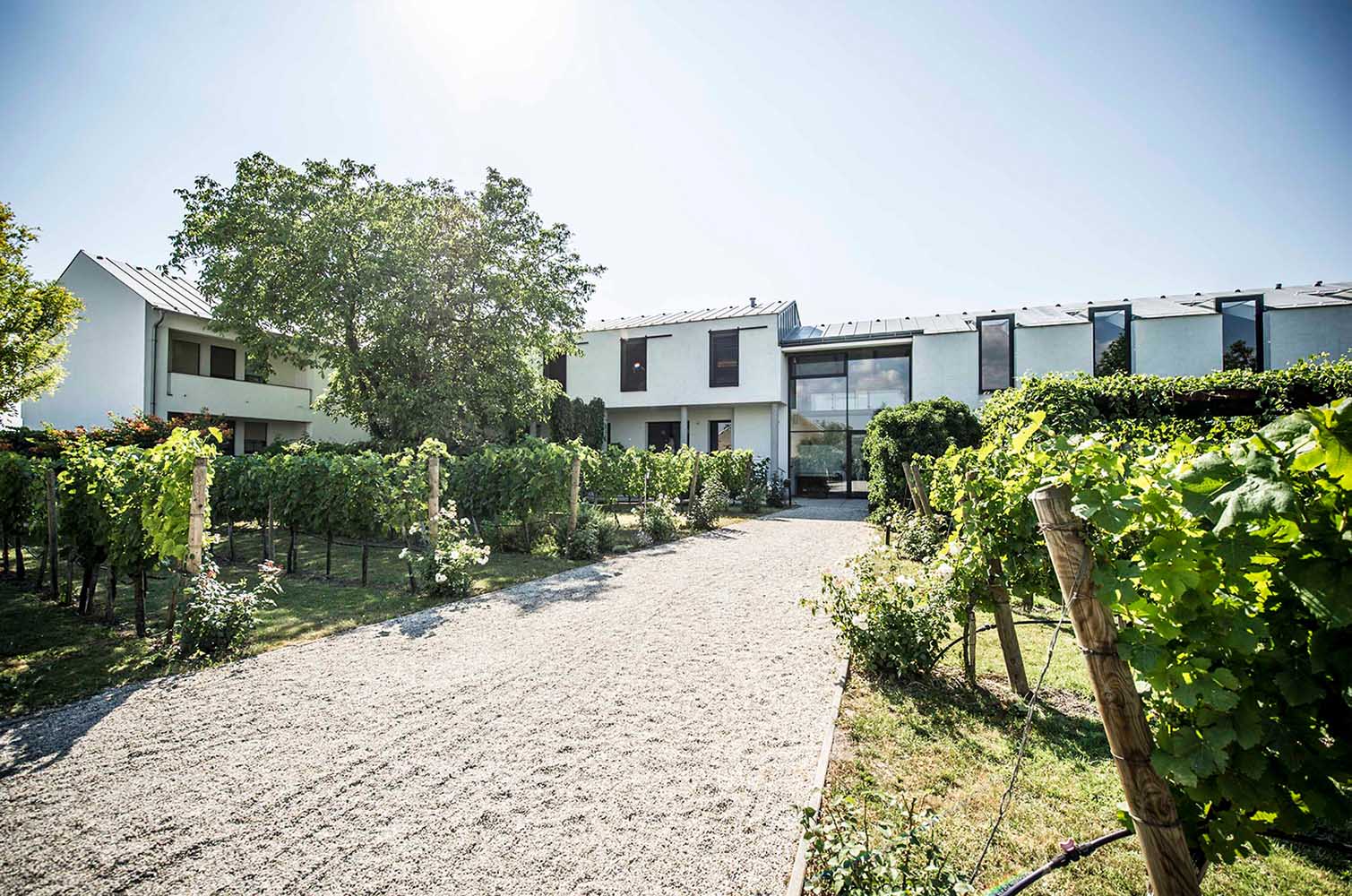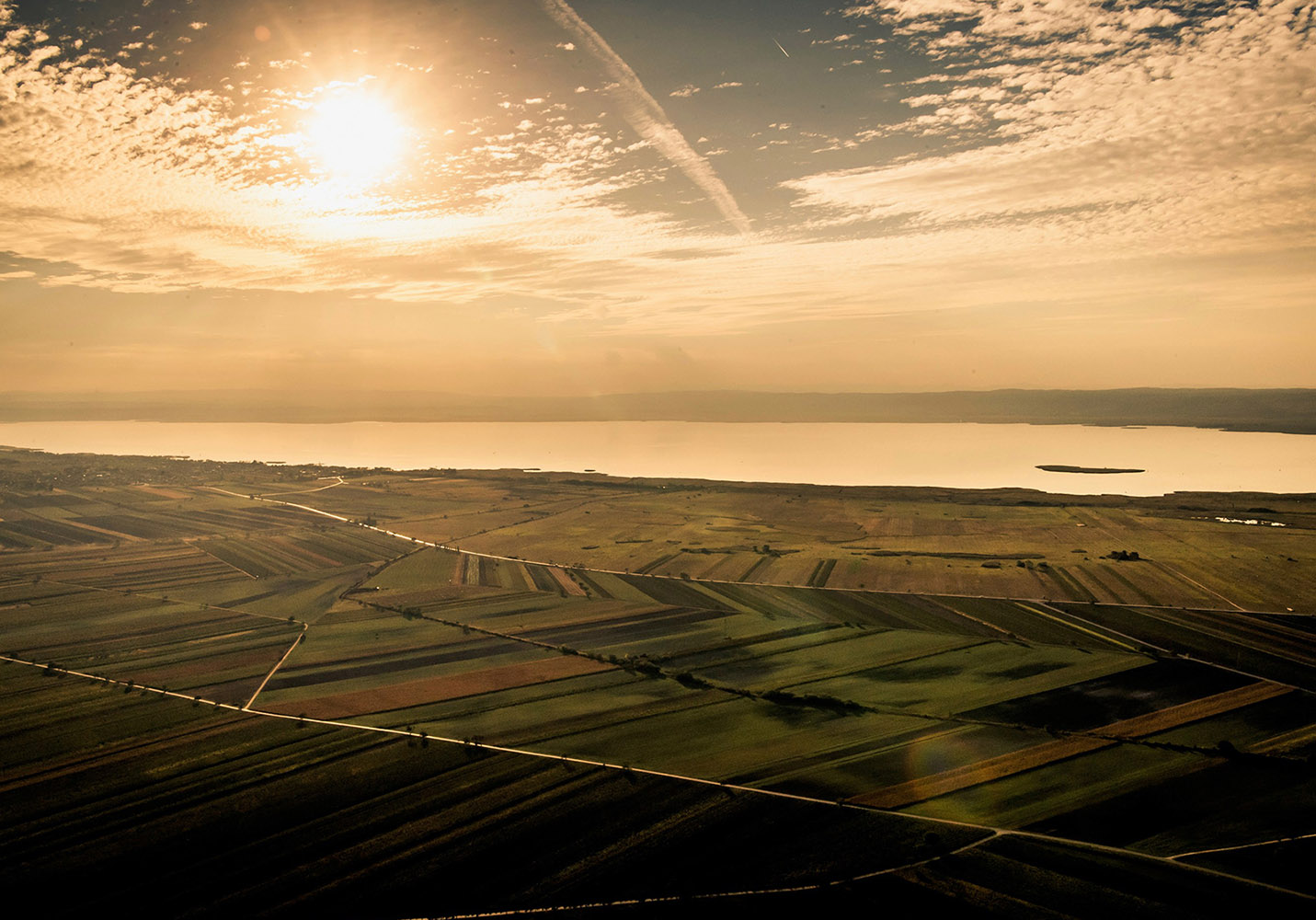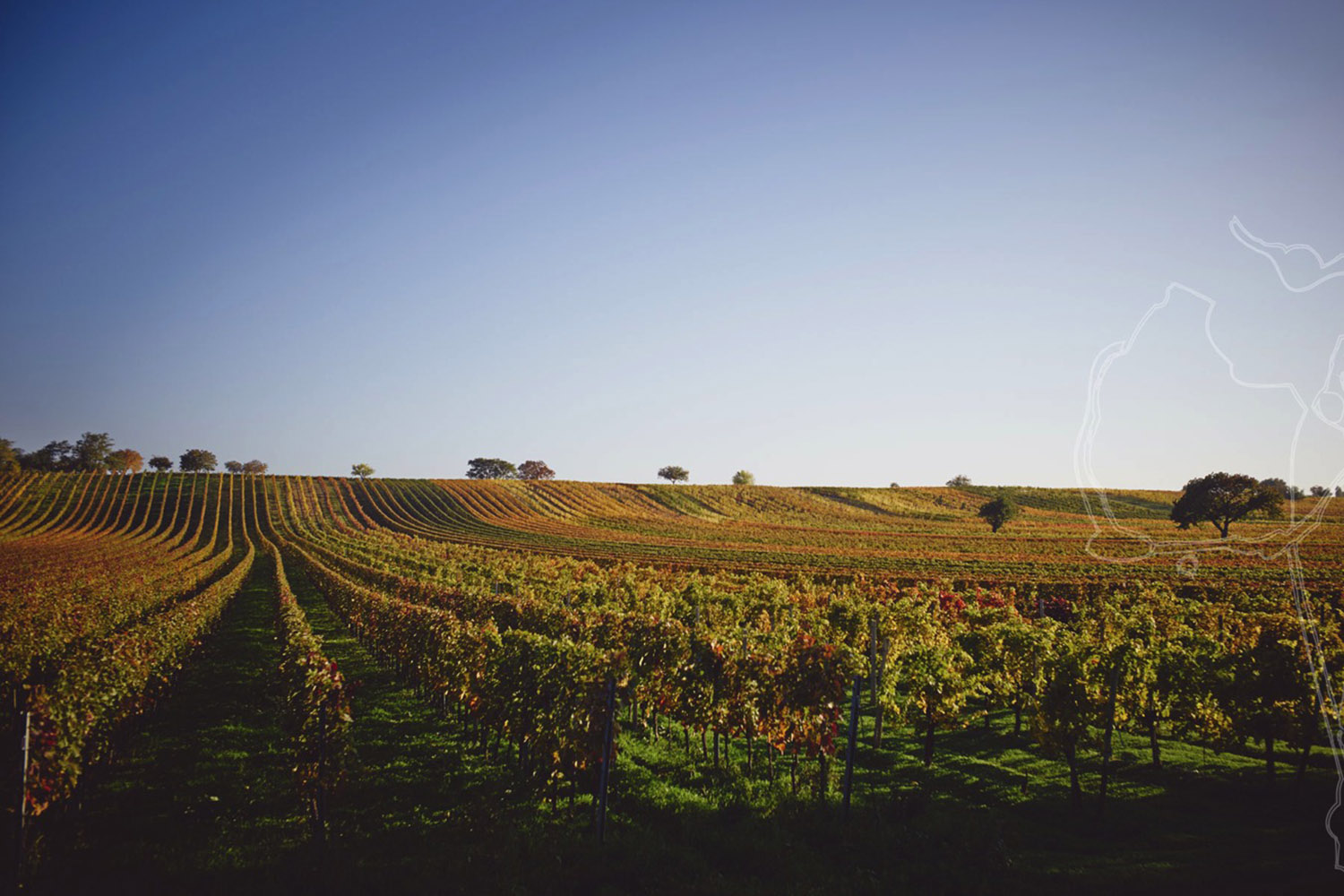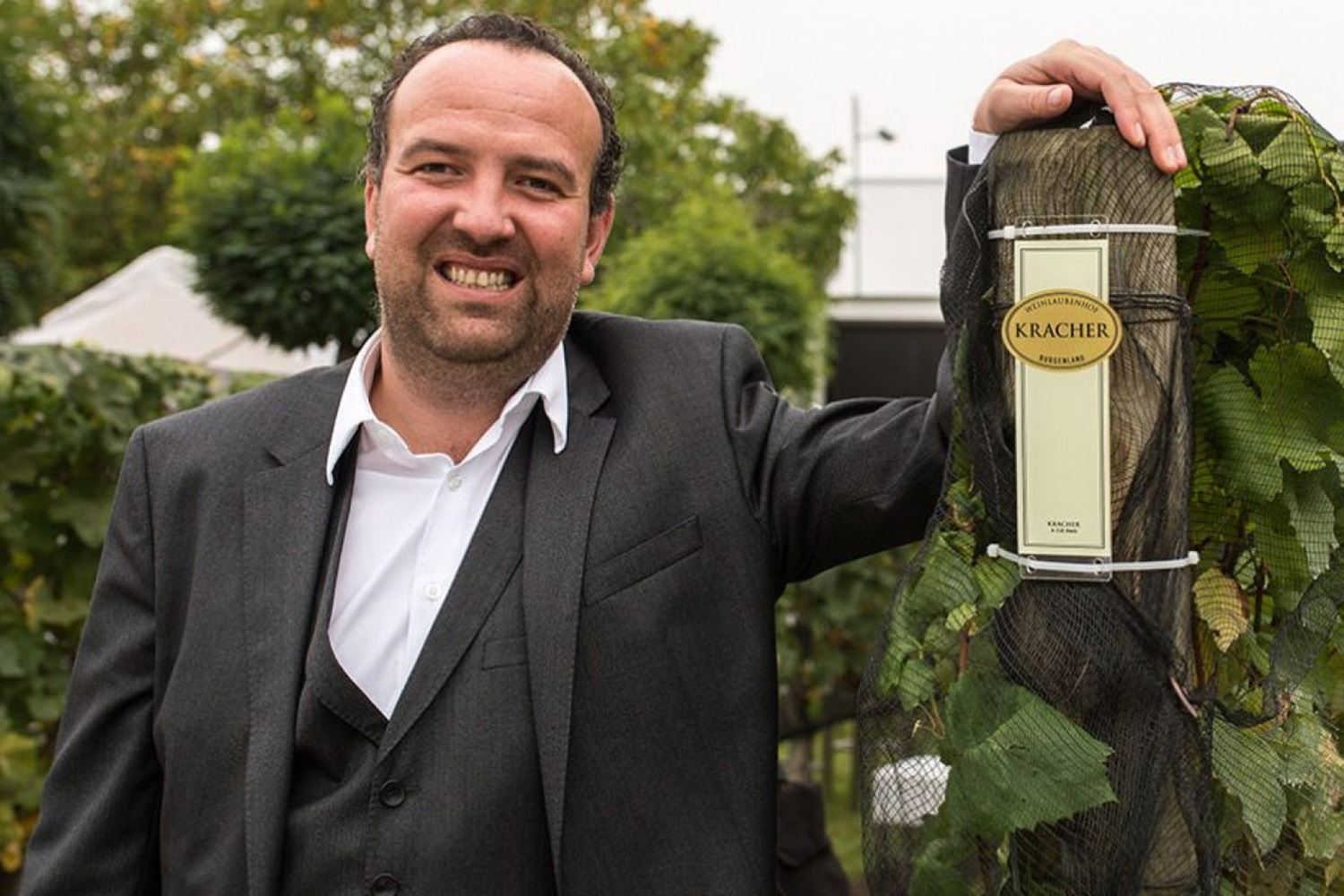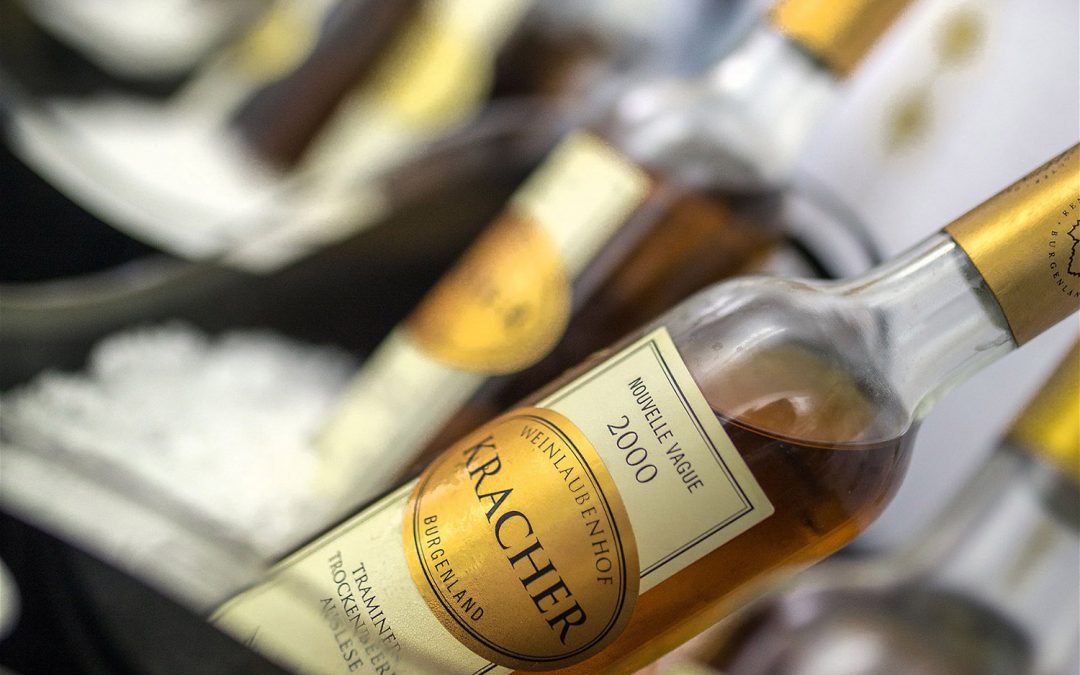The Kracher winery was founded in 1945, right towards the end of World War II by the winery’s first generation – Alois Kracher Senior – also known as the grandfather and a pioneer in his own right. Back then, their plot was a mixed farm with a diverse range of plantings along with a very tiny vineyard.
The area was located in a rather poor region, so the production of high-end and botrytis wine was very uncommonly seen. Alois Kracher Senior had often resorted to selling his grapes and wines in bulk to make ends meet. He always had the dream of producing, top-notch wines and in 1959, spotting the potential of the region and his lands, he took his first step in converting his farms into a little winery.
His first customers were tourists visiting the area as the region slowly transformed into the Seewinkel National Park. He slowly expanded his distributorship to Vienna, whilst tagging along with his mate delivering milk. Popularity of his wines started picking up when he started sending his wines to the World Wine Champion competition in Ljubljana and was awarded several Gold medals.
In 1981, he passed on the baton to his son, Alois Kracher Junior who took the winery to even greater heights.
As one of the oldest wine-producing regions in the world, Austria is highly regarded for its peppery Grüner Veltliners, dry, clean, very minerally Rieslings, and thick, nectar-like sweet wines that are enhanced by the renowned noble rot known as botrytis, which concentrates sugars and flavours.
However, that was a different story in the 1980s when dishonest traders in Austria were discovered putting diethylene glycol—a chemical found in antifreeze—into their wines to give them greater body and sweetness. This resulted in Austria’s reputation in the global wine market being strongly tarnished, and the country also revised its wine regulations and strengthened industry oversight.
Alois Kracher Junior was determined that Austria rejoin the international winemaking community, and it was not until 1991 that he quit his job as a chemist to devote himself fully to the winery. He created a new style of dessert wine, in which the fruit character, finesse and balance of the wine was far more important than just mere sweetness. The 1991 vintage brought Kracher his first international acclaim, and shortly afterwards, his name would become synonymous with cult sweet wines. He was relentlessly eager for innovation and created a number of delicatessen products that would feature his sweet wines, from blue cheese to wine jelly, grappa, vinegar and even chocolate. He developed lasting friendships from China to California and was tireless in his efforts as an ambassador to promote Austrian specialities.
His passing in 2007 meant that his son, Gerhard Kracher had to succeed the winery, with big shoes to fill at the age of 27. There was already a winning system in place and Gerhard, with his innovative and fresh mindset had kept to their successful winemaking traditions, whilst looking ahead to seek out new ideas and experiment with trends and innovations.
There are no secrets to the production of Kracher’s unparalleled range of remarkable sweet wines, headlined of course each year by up to a dozen or more Trockenbeerenauslese cuvées. Gerhard has now been running the estate for a decade and has deftly picked up where his father left off, winning the International Wine Challenge ‘Sweet Winemaker of the Year’ award in 2009.
Each year though, the recipe remains the same, driven by a relentless attention to detail. In the vineyard yields are kept incredibly low with each vine limited to just 3 bunches of grapes. In the cellar, each individual parcel is vinified separately, often in lots as small as a hundred litres or so. Malolactic fermentation is avoided to retain the grapes’ high natural acidity and sulphur use is kept to a minimum. Two styles of TBA are produced: Zwischen den Seen (between the lakes), vinified in stainless steel or large oak casks; and Nouvelle Vague (new wave), vinified in French oak barriques.
Alongside the world-famous TBAs, Kracher also makes a vibrant Auslese Cuvée, that is both great value and great drinking, an always brilliant Beerenauslese Cuvée and an exciting new Ice Wine from the hills of Transylvania in Romania. Although sweet wines have long been Kracher’s forte, today its dry wines are earning considerable acclaim, with its Pinot Gris, Welschreisling and Zweigelt gaining an enthusiastic following for quality and outstanding value.
